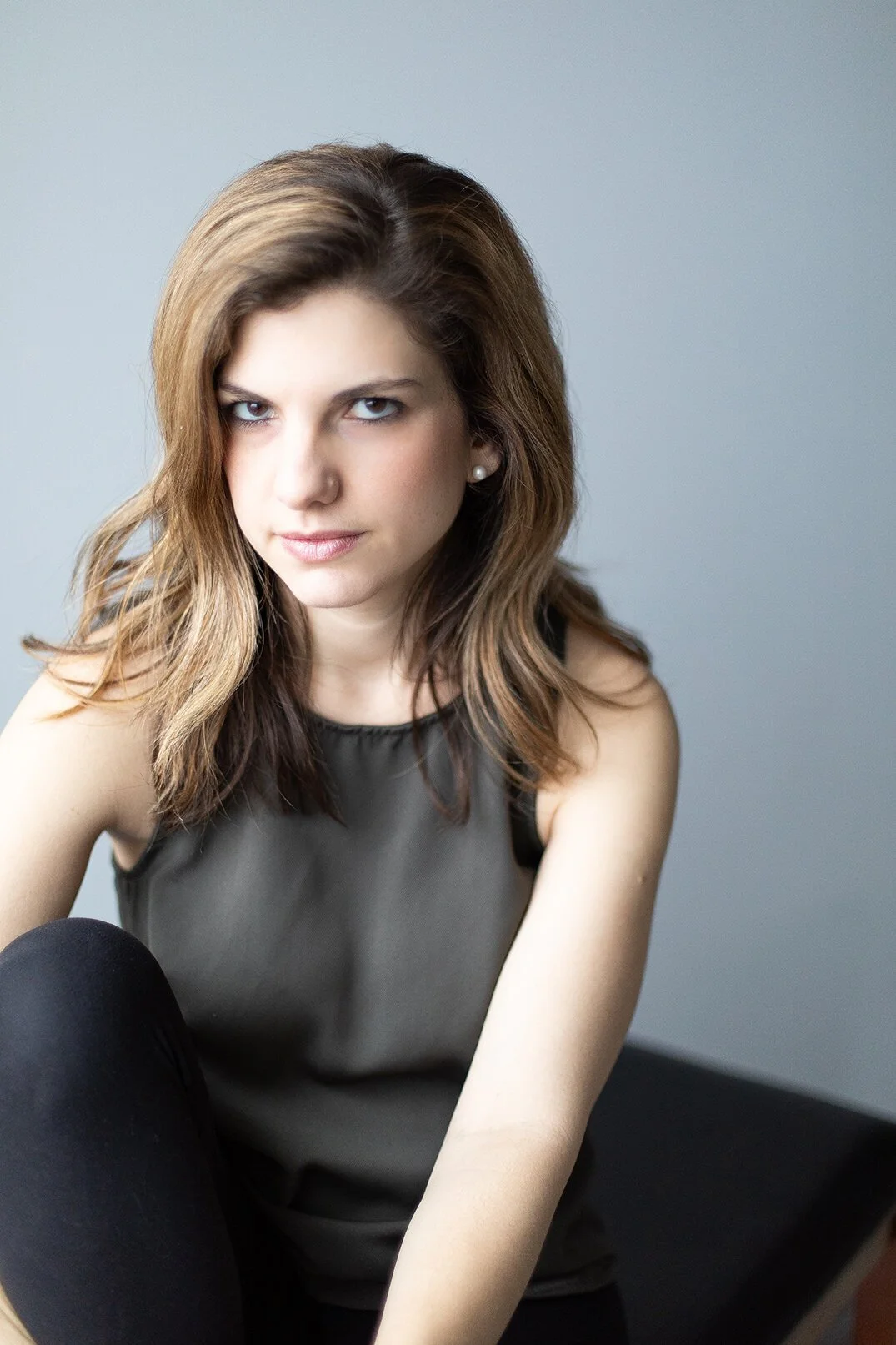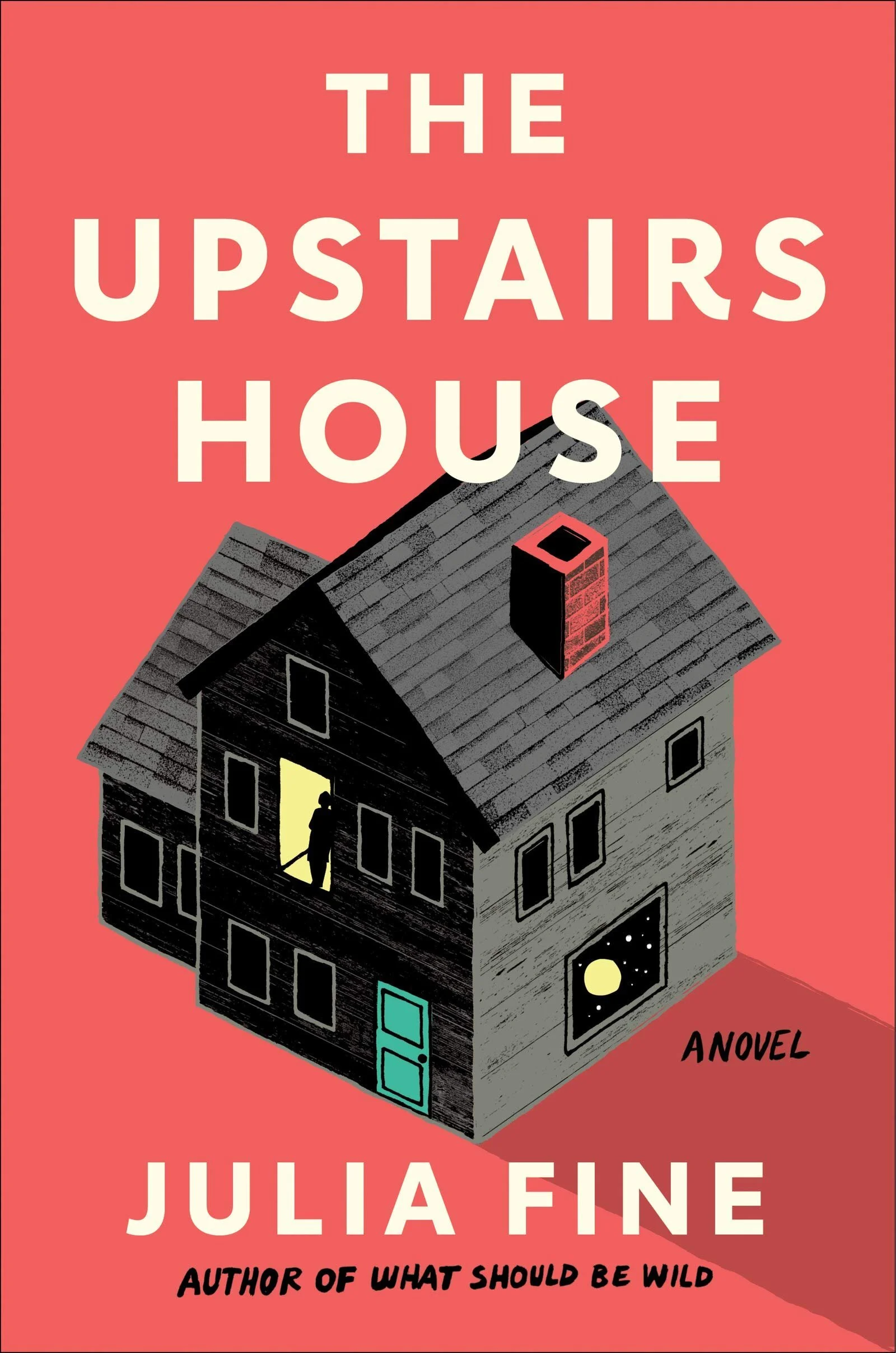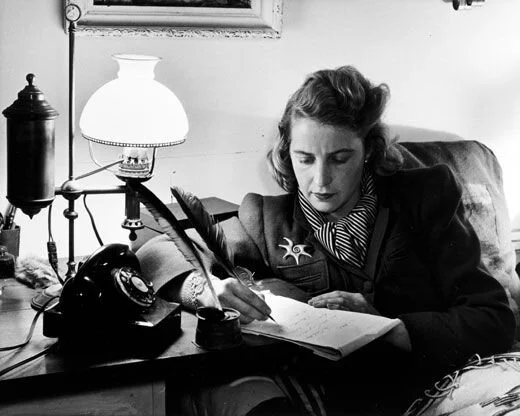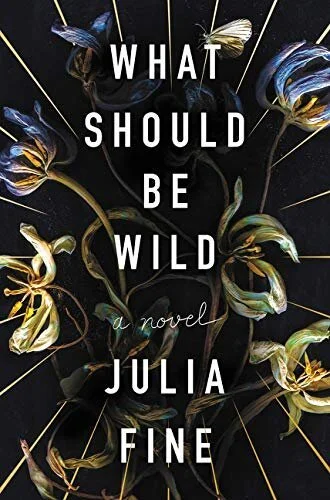Novelist Julia Fine with Todd Summar
March 2021
By Todd Summar
Though it was just released on February 23, 2021, Julia Fine’s sophomore novel, The Upstairs House, has already garnered considerable praise. Sarah Lyall of The New York Times called it “bonkers, provocative...an assured, beautifully written book.” Booklist said, “In this inventive, visceral novel, Fine … depicts the devastation of postpartum depression, all too often shrouded in shame and blame, and offers hope.” The accolades are well-deserved and will likely continue for some time.
The Upstairs House chronicles the story of Megan, a new mother dealing with the psychological and physical strains of the postpartum period after bringing her newborn daughter home from the hospital and spending long periods of time alone with her. Eventually, Megan becomes haunted by the ghost of Margaret Wise Brown (author of children’s book Goodnight Moon) and the ghost of Brown’s lover, Michael Strange. Fine deftly blends the uncomfortably real with the unsettlingly surreal to take the reader on an unpredictable journey that digs deep into important examinations of the postpartum experience and female relationships.
Fine’s debut novel, What Should Be Wild, was shortlisted for the Bram Stoker Superior First Novel Award and the Chicago Review of Books Award. She recently joined the core faculty of StoryStudio Chicago. You can find her online at julia-fine.com, and on Twitter at @finejuli.
I interviewed Julia via email in February, 2021. Our conversation is below.
The Upstairs House centers around the contemporary story of Megan, an overwhelmed new mother, a fictional character, and her interactions with the ghosts of Margaret Wise Brown, children’s author, and her lover Michael Strange, poet and actress, two very real people. What led you to integrate fact and fiction in this way?
As soon as I started reading about Margaret Wise Brown, I knew I wanted to write about her. She was vastly different from the woman I’d imagined when first reading her work—she was a rabbit hunter, bisexual, unmarried—full of contradictions and absolutely fascinating. I’d already started writing about a new mother struggling with a postpartum mood disorder, and once I realized that Margaret was heavily influenced by Gertrude Stein, I’d found my link. The stream-of-consciousness, here-and-now style of modernism corresponds so beautifully with the flight of ideas experienced during a psychotic break, and Margaret’s dramatic on and off-again relationship with her lover worked well as a parallel for the mother-baby relationship.
What were the hurdles, whether creatively, ethically, legally, or other, that you had to overcome to bring Margaret and Michael to the page? I imagine you might have faced an immense feeling of responsibility to get it right.
I was paralyzed at first, trying to make every historical scene with Margaret and Michael absolutely true. At a certain point, I realized that was impossible, and even counter to the project I’d begun. As a graduate student, Megan relies on her research, and when the novel begins, she has a very set view of both her own history, and the people who make up her dissertation. But the more she interacts with Margaret and Michael, the more she realizes that recorded history isn’t absolute truth, and there’s no way to actually know these women.
I’ve tried very hard to create accurate representations of all of the historical figures in The Upstairs House, but all I can do is create representations. Everything that Margaret and Michael do in their historical scenes is based on what they did and where they went in real life, but I’ve obviously projected my own idea of what they’d be thinking or saying to one another.
Interstitial chapters throughout the book provide details from the real lives of Margaret and Michael, for which you include footnotes to citations of your sources. Why was it important for you to include these footnotes, and what do you hope the reader will take from this information?
The biographical sources are all real, but I did make up some of the academics and theories that Megan references. The footnotes are really a way to push genre and form. Megan is writing a dissertation, which naturally would include footnotes. As she becomes caught up in Margaret and Michael’s story, the ghosts begin to infiltrate the document itself—the footnotes are a way to show these two women haunting her writing, and to show Megan’s hold on reality slipping. In a book about legacy and language and iteration of selfhood, it stands to reason that physical texts would operate as a vessel in the same way Megan’s child does.
You wrote this novel, a follow-up to your debut, after having your first baby, and I know you’ve spoken elsewhere about how the postpartum experience informed this novel in many ways. Part of what makes this book so effective and so immersive is that you don’t shy away from presenting the reader with the visceral, sometimes uncomfortable details of motherhood. How did you decide what to include and what to omit as you wrote the book?
I wanted to include as many of the uncomfortable details as possible. I read widely, and before my son was born, I read a lot about parenthood and pregnancy, but it was rare to see the actual slog of caring for a newborn depicted in fiction. It’s so common to have these physical and mental struggles with a new baby, and the more we see the experience reflected in literature, the more we can contextualize it. I wanted to write a book where women recognized themselves and realized that some of the things that felt so isolating and shameful are normal and okay.
The honesty with which you address these issues feels very fresh and necessary, especially in literary fiction, where we don’t see this subject tackled often, if ever. What role are you hoping this book will play in the conversation about postpartum mental health?
If I never hear the term “baby blues” again I’ll be thrilled. The Upstairs House is about postpartum mood disorders, but it’s also about language, and the way the words we choose define our experiences and attitudes. We’ve normalized talking about postpartum depression in such a patronizing, belittling way. By saying “Oh, you have the baby blues,” we effectively say “Hey, brush it off, this is no big deal,” which prevents people from asking for help, and from viewing their own experiences and emotions as serious and worthy of care.
One of the things about the book that I found so wonderfully jarring and spine-tingling in the best way possible is that you paint such a vivid, realistic picture of Megan’s postpartum life—details that range from mundane to harrowing—and then you unexpectedly slap the reader with the most chilling moments. (For example, I’m thinking of the early sneak peek you shared with ABH for our Stories After Dark Halloween reading in which Megan is receiving message board posts from someone who seems to be spying on her and/or reading her mind). How do you balance the hyper-real with the hyper-surreal so skillfully?
I’m glad you find it effective! I’ve always loved writing a first-person narrator because it gives me the ability to simultaneously hold multiple views of the world in mind. We’ve been bombarded by the concept of the “unreliable narrator” as a way to hide plot points from the reader (think Gone Girl), but I’m much more interested in the way characters hide things from themselves. You can read this book and completely buy into Megan’s impressions—which may or may not be heavily impacted by postpartum mood disorder—or you can read it with some remove, above and around the narration, and watch her unraveling and feel sort of helpless as she makes her choices.
In your debut, What Should Be Wild, in this book, and in the many courses you teach, you seem to be exploring the various ways a writer can play with genre, mix and combine genre, and pretty much break the boundaries of genre. What advice can you give writers who want to follow a similar path?
Lean into elements of genre as metaphors for the larger ideas you’re tackling. I never set out to write a particular genre, or to mix genres, but genres come with built in sets of expectations that are great fodder for artistic exploration. And, of course, come take my classes at Catapult and StoryStudio Chicago.
Many artists and writers may be struggling to make sense of the pandemic and having trouble with the creative process as a result. How are you coping, personally, as a mother, wife, and artist?
I’m trying to be patient with myself. I had a third book in progress when the pandemic started, and it’s been in a sort of stasis for a year. I’m lucky to be healthy, employed, housed. I’m lucky to have my children, even when they drive me crazy and demand all my time and energy. I’m trying to trust that the work will be there for me when I have time for it, that the audience will be there, that there’s an end in sight even if this feels endless.




